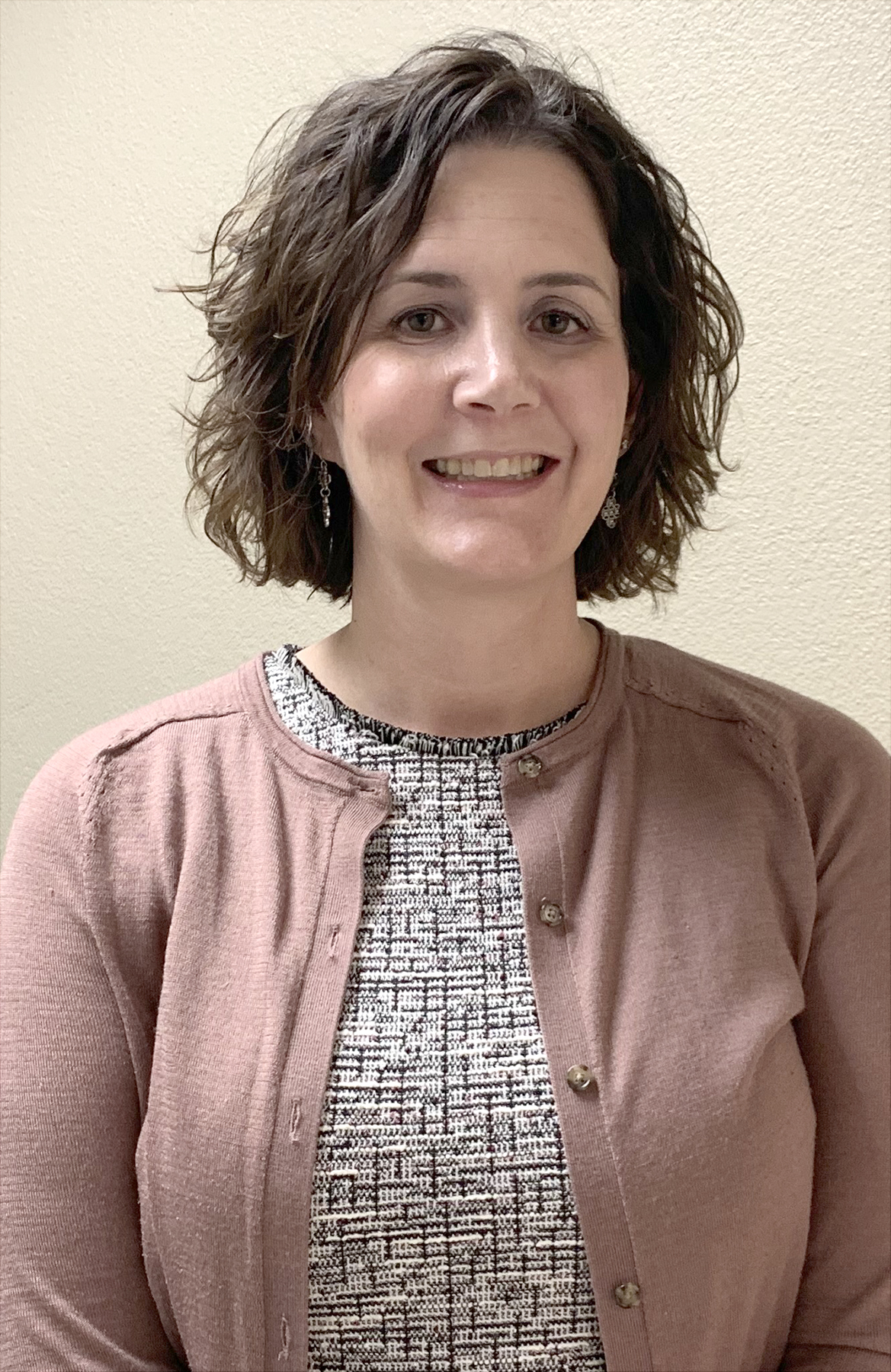All Sarah Taylor wanted to do was a favor for a friend, dog-sit for one night. That good intention led to the following story of Sarah’s fight for her life. 
About Sarah and “Snickers”
For the past three years, Sarah has been the administrative coordinator of Blessing’s Compliance Department. At the time this story took place, she lived in Omaha, Nebraska, worked at a medical school, and was married with two children, ages 18 months and 7 years.
It was a weekend night when Snickers, the dog Sarah was watching for a friend, bit her hand.
“It was a puncture wound, but nothing horribly extensive,” she said.
Sarah washed the wound.
By the next day she could tell her hand was infected. She went to an urgent care and received antibiotics. Little did she know the nearly-deadly damage had begun.
“I walked into work Monday and my boss took one look at my hand and said, ‘I don’t know what you’re doing here. Go to the hospital.’”
That began an odyssey that included Sarah losing consciousness twice and needing to be revived with injections of epinephrine, and eventually clinging to life in the University of Nebraska Medical Center intensive care unit.
“In the ICU my blood pressure was 40 over 20,” Sarah recalled.
Normal blood pressure for Sarah’s age at the time was 122/74.
“My heart was failing,” she said.
What happened?
The infection in Sarah’s hand from the dog bite found its way to her heart, a disease process known as sepsis.
Sepsis is the body’s extreme response to an infection, triggering a chain reaction that can lead to tissue damage and organ failure. At least 1.7 million adults in America will develop sepsis every year, killing over 350,000.
Sepsis requires specialized treatment delivered as quickly as possible. But it can be difficult to diagnose as it may appear as a common infection or other medical condition. For that reason, by the time a person becomes very sick due to sepsis it can be too late for effective treatment. Death can occur in as few as 12 hours.
Sarah was in septic shock, the most severe form of sepsis. The death rate for people experiencing septic shock is as high as 40%.
As the septic infection found Sarah’s heart, it caused Cardiogenic Shock, leaving her heart unable to pump enough blood to meet her body’s needs.
“Your heart is effectively ruined,” Sarah remembers one of her doctor’s telling her.
To give her heart a chance to recover – if recovery was even possible - doctors inserted an intra-aortic balloon pump. It’s a device attached to a computer that helps the heart pump blood. Two other surgeries, including a heart transplant were also under consideration. Well aware of what was happening to her, Sarah was not ready to die and told her medical team no further surgeries would be needed.
“I was too busy trying to live. I just really wasn’t going to accept it.”
True to her word and much to the surprise of her family and caregivers, Sarah’s condition improved over a course of a few days. She was discharged from the hospital just over a week after sepsis had set in. Her recovery was not over. Sarah spent many months in cardiac rehab working to regain the healthy heart function that sepsis stole from her, but she was alive.
“Today, my heart is probably functioning better than many people walking around,” she said.
How Sarah survived
Medically speaking, it appears the intra-aortic balloon pump gave Sarah’s heart a chance to recover enough to stabilize, and one or more of the many medications she received killed the infection. Sarah says her mother and sister also believe divine intervention played a role in saving her life. “My mom turned to my sister Emily and said, ‘Emily, this is a miracle,’” Sarah recalled. “And Emily said, ‘Oh, Mom, there is no doubt. There is just no doubt about it.’”
Lessons from Sarah and Snickers
Sarah believes two elements led to the seriousness of her infection; the dog bite was deeper than she was aware allowing the bacteria to take hold deeper in the body, and the anatomy of the hand creates many places where infection can hide and fester. “If you experience an animal bite, immediately go for treatment,” advised Sarah. And, when receiving medical care, participate in that care and advocate for yourself she concluded.
Blessing Health developed an uses a Sepsis Surveillance program that helps caregivers identify sepsis as early as possible. The program features human clinical expertise supported by the latest technology. For information on sepsis, including symptoms, go to blessinghealth.org/sepsis
